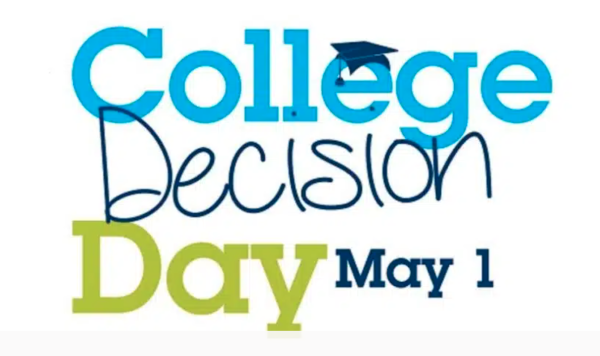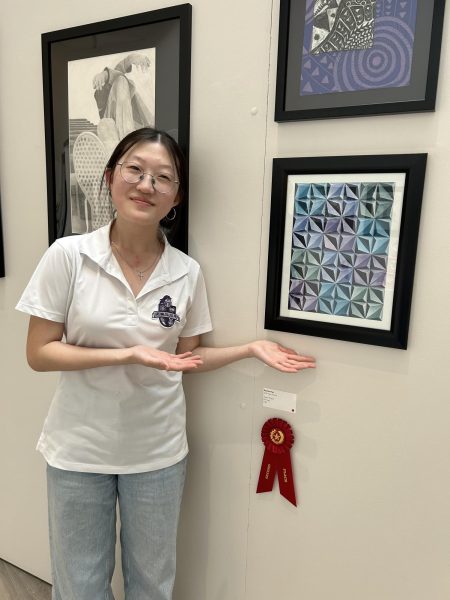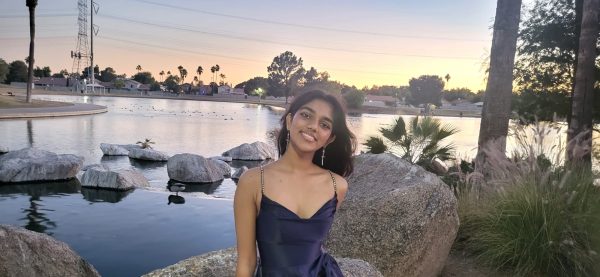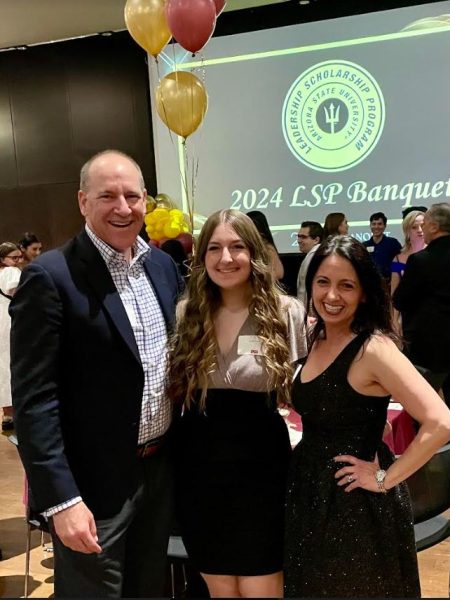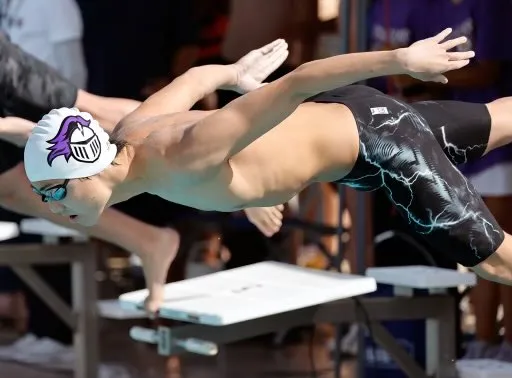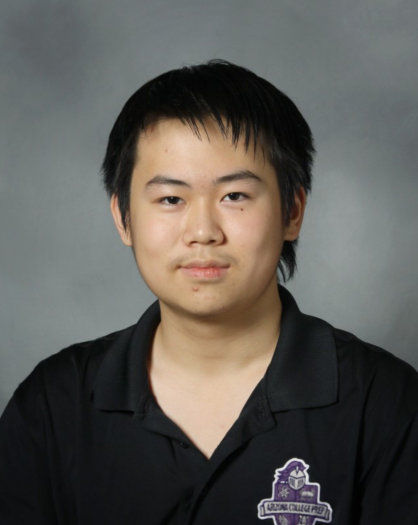Sohani Sandhu and Nevan Hanford: Future Leaders of This Generation

Generation Z: the “Zoomers”. These are the people (including me) who were born in mid-to-late 1990’s and the early 2010’s, currently ranging in age form ten years old and 25 years old-which means that we are the future of this world. Crazy, right? All the eyes are on us, to see what we do and what we think. There are many future leaders on the rise. Despite being young soon-to-be adults, zoomers like Sohani Sandhu and Nevan Hanford have demonstrated and represented the potential that the upcoming generation has to offer to this world. So, today, we’ll be interviewing both of these individuals to get a closer look to understanding the power that not only high school seniors possess, but anyone belonging to Generation Z, as they make they make a mark on this Earth as rising leaders.
Q: How long have you been into the field of STEM, and what experiences have you had with it (ex. Science Fair, panels, etc.)? When were you first inspired to partake in this field?
Sohani: I was first inspired to partake in the field of STEM in sixth grade when I was required to do a history research project for a National History Day competition. Now, you’re probably thinking at this point, “Sohani, how did doing a history project inspire you to pursue science”? Well, the reason behind that is that when I was first assigned to do the project, I didn’t want to do the traditional history project about a president or a war, or whatever else my peers were doing, because frankly I didn’t have much interest in it, and I didn’t have much success with those types of projects in past competition. However, when my teacher suggested that I do something relating history to biology (since I was enjoying biology class that year), I went with it and ended up doing a project examining the history of smallpox, one of the most deadly diseases known to mankind, and the vaccine that eradicated its centuries-long pandemic. That project absolutely grasped my attention, to the point where I found myself going out of my way to learn more about diseases and the science behind them. After winning an award at the state competition and reaching the national competition with my smallpox project that year, I realized that STEM was my true calling. Since then, I have led multiple nationally-recognized grant projects associated with institutions like MIT and ASU, have created various state award-winning science fair projects, and have done annual research at ASU, among other STEM-related programs.

Nevan: Ever since I was a young kid, I have always been fascinated with the “why?” behind almost everything I came across. This undeniably manifested itself into at-home science experiments, ranging from the isolation of strawberry DNA to pyrotechnics in my backyard. In 5th grade, I started my science fair career, participating every year until 12th grade. Throughout my experiences, I have won at the district, state, and international level, most notably winning 4th in the world with research on the degradation of polystyrene by Tenebrio beetles. I have also interned at the Biodesign Institute at ASU working with a software called VMD, hoping to integrate biophysics into high school with interactive learning.
Q: What was your experience like hosting the panel? Did you learn any new and interesting presentation tips? Have you done anything like this before?
Sohani: The experience was absolutely amazing! I learned so much about the secrets behind success in research and innovation. Hearing STEM professionals talking about their own personal experiences and lessons learned really enlightened me about what I need to do to achieve my own STEM-related dreams. Not only that, but I have also learned how to successfully host a live panel, even when things do not go completely according to plan. In the past, as the Vice President of the Arizona Science Center’s Teen Advisory Board, I have hosted multiple STEM panels virtually, but as I learned this past week, that experience is much different compared to live events. At this specific panel, there were a lot of logistical issues that cropped up right before the start of the event, so Nevan and I had to be able to adjust our plan on the fly to still keep the audience engaged. In the end, though it was a bit stressful, it all worked out, and our panel was received very positively by its viewers.
Nevan: At first, the idea of cutting off PhD doctors in front of an audience induced some anxiety, but once the panel got started, it was incredible to talk with highly experienced and knowledgeable individuals. Having never moderated a panel before, I was surprised at the humor present throughout the discussion. Despite years more of education, the panelists were still just other humans. I think many think academia is so distant from normal life, often picturing shy loners working 24/7, but the panel proved otherwise. In fact, I probably laughed more than I talked. Coming from someone who has always been outgoing and extroverted, STEM is not at all mutually exclusive from a social life.
Q: What other projects have you worked on relating to the field of STEM and how have those projects shaped your worldview?
Sohani: To be honest, at this point, there’s more than I can count! However, I will mention a few notable ones. For one of my projects, I led a group of eight of my peers as we developed a heat stroke prevention medical device. Our innovation is patent-pending, backed by our own company, and has received national awards from institutions like MIT and over $52,500 in grant money. Another one of my own personal projects is research that I am currently doing with the SciHub department at ASU that is focusing on testing the mechanical properties of different plastics used in additive manufacturing and analyzing their viability for being used in medical technologies. Finally, on the more volunteer side of things, I am the AZ state lead for a non-profit called TeleHealth Access for Seniors, which donates technology to low-income elderly communities across the nation to give them better access to telehealth during the COVID-19 pandemic. All of these projects have given me various perspectives on how high schoolers can use science to better their communities, whether that be creating something themselves, researching with a professor on a preexisting project, or even volunteering with a science-based organization. They have taught me that there are many ways our world can be improved and that students have the capability of doing so just by investigating and using the science around them.
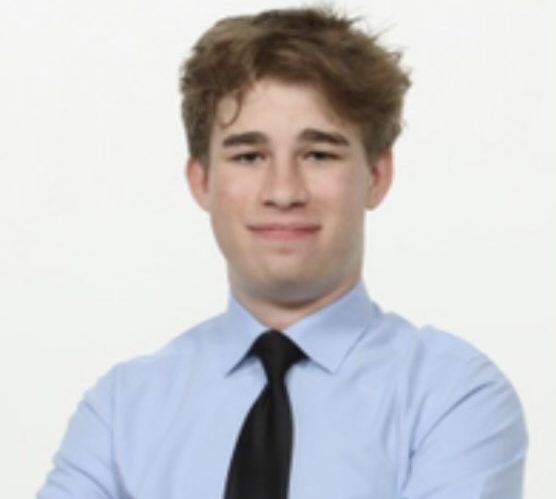
Nevan: I’ve researched a lot on environmental issues, from the proof of concept of global warming to Styrofoam pollution. In this research, I’ve come to appreciate the potential of humans to change the world, for the better or for the worse. STEM is not some niche field of study that is immune to the politics of real life, but another aspect of humanity. STEM can be used to cure diseases or save the planet, but it can also be used for biowarfare and eugenics. I think STEM has made me appreciate that fact… and more importantly given optimism in a time when it is in short supply for the future of humanity
Q: What specific career (STEM or non-STEM) related profession do you see yourself working in in the future? What are your plans to reach this goal?
Sohani: I see myself being some sort of physician of medicine in the future. This really appeals to me because it joins my passion for science with my mission to directly help others. My plans to reach this goal are, of course, to go to medical school and train to be a doctor. Alongside this, however, I also plan to continue my passion for scientific research in the medical realm, as well as focus a lot of my energy on volunteering and providing medical aid to underserved communities.
Nevan: I see myself pursuing a career in medicine, hoping to go to Med school, but also remaining involved in research. Ideally, I would love to research human neuroscience.
Q: What advice would you give to your childhood self today?
Sohani: The main piece of advice that I would give to my younger self would be to look into every opportunity available to me, even if it does not seem worthwhile at first glance. There have been multiple times during my high school career when I thought a project or club was worthless at first. However, as I later realized, those very same opportunities turned out to be life-changing for me. Since then, I have never discredited an opportunity until I have done my research.
Nevan: I would tell my younger self that STEM, no matter how cringey it may sound, is in no way incompatible with the stereotypical high school experience. You can love STEM and still go to Friday night lights, hangouts, and after-parties. STEM is an area of interest, not a personality, and you can pursue that interest while still remaining the outgoing, fun kid you are.
Sohani and Nevan are only a sampling of this generation, and there are many other people out there who are ready to blossom as leaders and conquer any obstacles they face in their path. The future is unknown, and that can be a little scary knowing that individuals younger than you, who think and act differently than you, hold the future of this world in the palms in their hands, but trust me, we got it covered!
